Let’s learn some words that are used in the world of music.
Ear for music
Do you love music? Here’s some music jargon for you. Fill in the blanks to form the word. Find out how many you can get right. Get started!
Do you love music? Here’s some music jargon for you. Fill in the blanks to form the word. Find out how many you can get right. Get started!
Let’s learn some words that are used in the world of music.
October 2 is celebrated as Gandhi Jayanti. It is also the International Day of Non-Violence. Find out more about the Father of the Nation and take this interactive quiz.
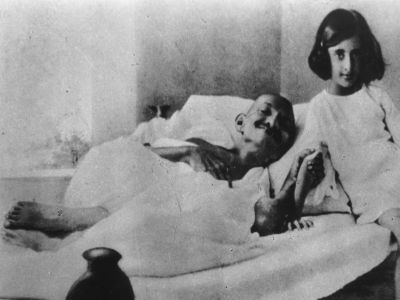
Every year on October 2, we pay rich tributes to Mahatma Gandhi. We refer to him as the Father of the Nation and as the one who led India to independence.
In 2007, the United Nations General Assembly declared his birthday as the International Day of Non-Violence.
Gandhiji went to the Colony of Natal, South Africa, as a lawyer for Dada Abdullah who owned a shipping business there. He was just 23 and was a qualified barrister who had been called to the bar in London. He spent the next 21 years there and his experiences in the country helped him develop his sense of ethics and political views.
For the first time, Gandhiji had to face discrimination because he was brown skinned and an Indian. He was thrown into a gutter for walking near a European house; another time, he was beaten when he refused to sit on the floor of a stagecoach near a driver.
However the incident that proved a turning point in his career occurred on June 7, 1893 at Pietermaritzburg. Gandhiji was on his way to Pretoria by train. He had booked himself a first-class ticket. But, a European did not like the fact that a coloured man was travelling first class and ordered him to leave the compartment. When he refused, saying he was perfectly entitled to travel in the first class, he was kicked out of the train at Pietermaritzburg.
It was winter and Gandhiji, who spent the cold night in the waiting room, decided to stay back in South Africa and fight racial discrimination that the Indians were subjected to. During this fight, he developed his philosophy of Satyagraha or non-violent resistance. Pietermaritzburg later installed a statue of Gandhiji in the city centre.
In 1894, Gandhiji was getting ready to return to India when the Natal government proposed a bill to deny Indians the right to vote. Gandhiji stayed back to help Indians oppose this bill. He formed the Natal Indian Congress and, though the bill did get passed, he managed to focus attention on the problems of the Indians in South Africa.
In 1906, a new Act in Transvaal forced the Indian and Chinese people to compulsorily register.
A mass meeting to protest against this was held in Johannesburg on September 11 and it was here that Gandhiji used the method of Satyagraha for the first time by urging people to defy the law and to accept punishment for their act.
In 1910, he established a community at Tolstoy Farm near Johannesburg, to develop this policy of peaceful resistance. When he returned to India in 1915, he was known across the world as an Indian nationalist and community organiser.
His subsequent entry into the Indian National Congress and assumption of leadership of the movement for independence cemented his reputation. It made him a world-renowned figure who continues to influence ordinary people and statesmen.
His path to freedom
In the initial years after returning to India, Gandhiji stayed on the periphery of Indian politics. Then, in February 1919, the British pushed through the Rowlatt Act, even though there was a lot of Indian opposition. The Act empowered the authorities to imprison without trial those suspected of sedition. Gandhiji was provoked to action. He announced a Satyagraha struggle.
In 1930, he led a landmark march to the sea to collect salt, marking a silent protest to the government monopoly. He was also instrumental in leading the way for India’s independence with non-cooperation, civil disobedience and the Satyagraha as his only weapons.
He believed in a “constructive programme” to build the nation “from the bottom up”— educating rural India, which accounted for 85% of the population; continuing to fight against untouchability; promoting hand spinning, weaving, and other cottage industries to supplement the earnings of the underemployed peasantry; and evolving a system of education best suited to the needs of the people.
He has inspired writers, political leaders and activists all over the world including Nelson Mandela, Martin Luther King Jr., Annie Besant, Sarojini Naidu, the Dalai Lama, Albert Einstein, and Barack Obama with his unusual yet powerful political tool of Satyagraha.
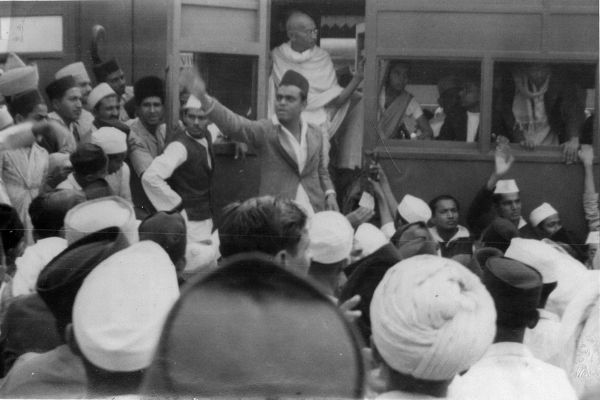
Read the story and fill in these blanks by dropping the right word in the blank.
Radiant reds, brilliant blues, gorgeous greens… say hello to some of the most colourful birds in the world.
The peacock is undeniably beautiful, with a spectacular fan of feathers and an iridescent neck. It is one of the most ravishing birds in the world, causing you to marvel at the beauty of nature. There are other birds across the world that also sport multicoloured plumage and may almost vie for space beside the peacock.
In each of these images, move the slider from right to left and watch these birds reveal their lovely hues.
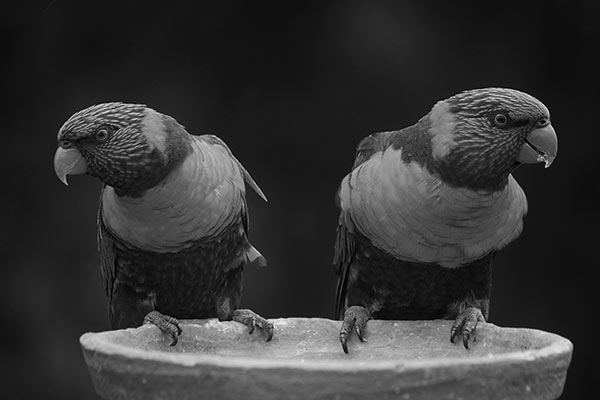

Loud screeching parrots, in any woodland, are common, but imagine if you were to be blinded by colours. The rainbow lorikeets, with their bright red beaks, blue heads and bellies, green wings, tail and back and a yellow breast are a sight to behold. It is common along the eastern seaboard, from northern Queensland to South Australia.
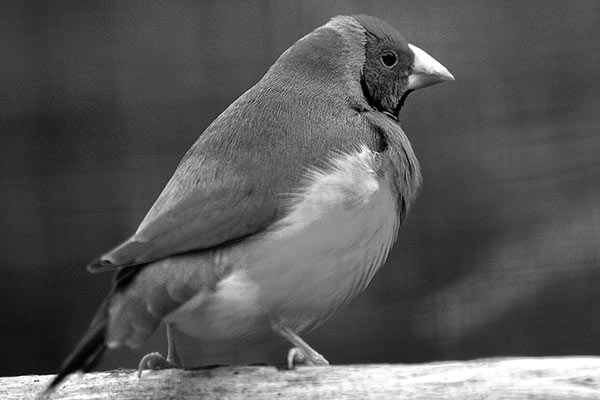
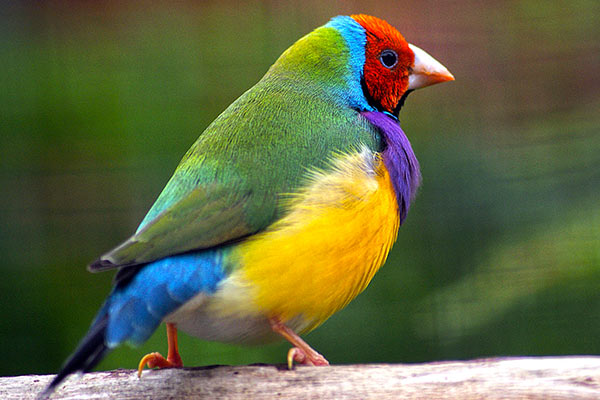
The Gouldian finch strikes a startling contrast to the landscape of western Australia with its many colours. Also known as the rainbow finch, it looks almost handcrafted because of the blocks of colours on its body. There are different types, generally differentiated by the colour of their head. It is because of its wonderful colours that it is one of the region’s most endangered birds.
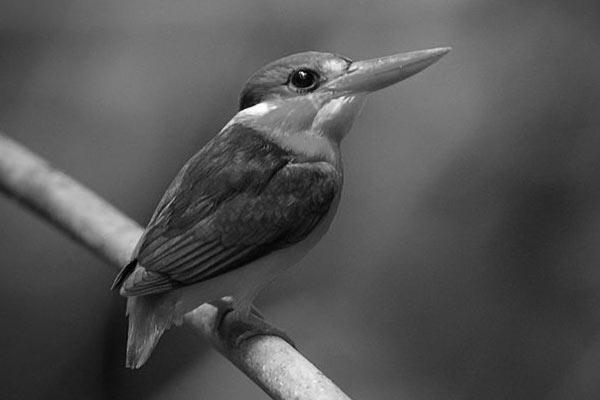
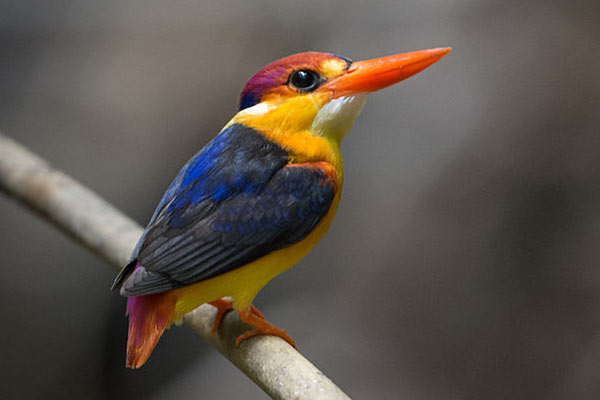
With a splashing of pinkish-coral colours, the oriental dwarf kingfisher is a tiny predator. Only 13 cm long, it has a rich diet of geckos, frogs, snails, crabs and spiders. It dives deep into the water to catch its prey. It is found all over South-east Asia.
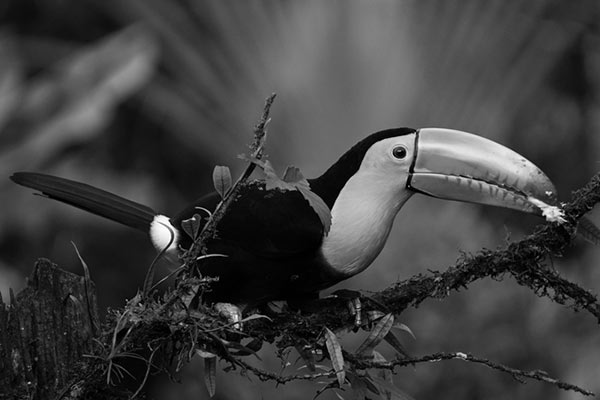
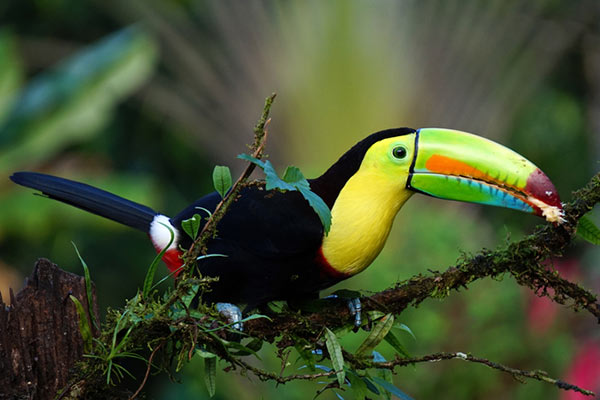
The keel-billed toucan lives in South America in holes in trees. It has one of the most colourful beaks in the world — a mixture of green, red, yellow, blue and orange. Its beak is made of keratin, the same substance that makes up human hair and fingernails.
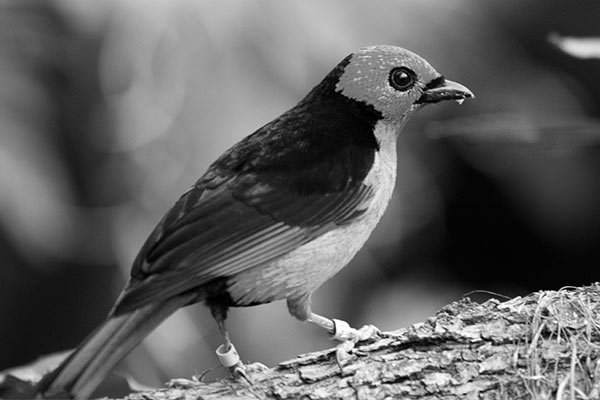
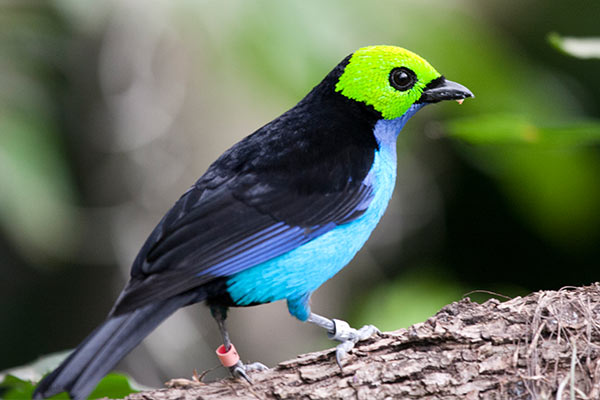
The multicoloured paradise tanager delights birdwatchers in the Amazon basin in South America. Its apple-green cap and blue abdomen make it unique. This songbird is also the quintessential ‘early bird’. It rises early and finishes its cleaning and feeding routine, while other birds are still asleep.
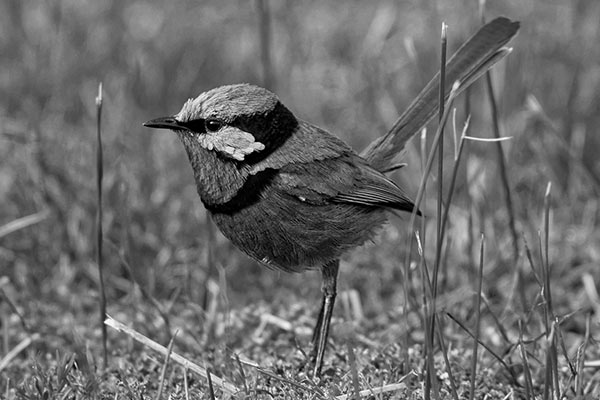
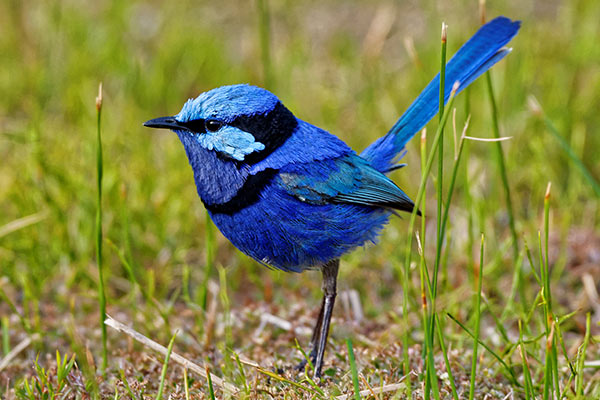
The splendid fairy-wren lives up to its name. It shimmers in electric shades of blue and turquoise, with inky black feathers in between. Yet another native of Australia, this bird is much like the peafowl — males are decked in attractive colours while females look relatively dull.
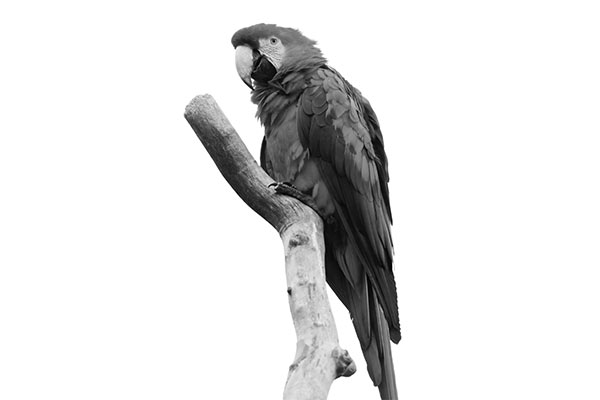
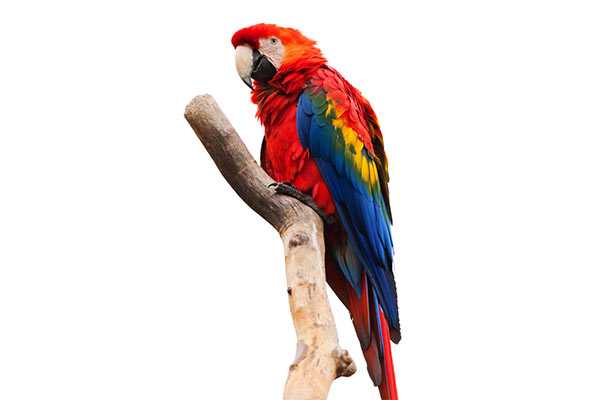
Imagine you are walking in a forest in Mexico, and in the midst of all that thick foliage, you hear a squawk and a streak of electric blue and yellow. What could it be? Well, it’s a macaw. It belongs to the parrot family and comes in many colours, from blue and yellow, to red, green and orange, and more. They are intelligent social birds with outgoing personalities, and are native to Central and South America.
Time to unwind with a colouring activity. Download your very own colouring sheet here…
World Tourism Day was celebrated on September 27. Today, travel is easy, comfortable and fast. But, centuries ago it was arduous, difficult and fraught with danger.
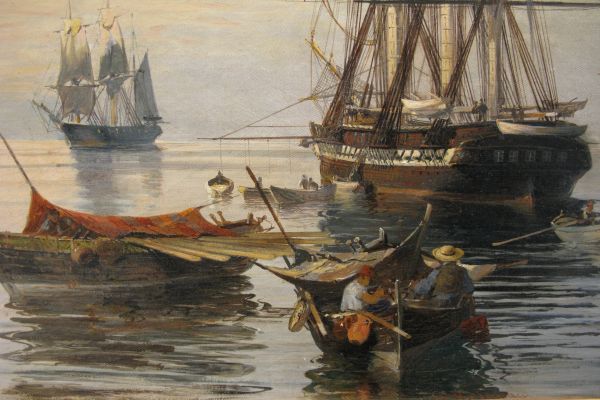
Travel is — exploration, adventure, experience…
And, it’s probably all this that motivated travellers of yore. We read about people like Fridtjof Nansen, who in 1888, left the warmth and comfort of his home to traverse Greenland’s ice cap — and in doing so, claimed a first for himself. He also sailed farther north in the Arctic Ocean than any man before him. His adventures include enduring nine winter months in a hut made of stones and walrus hides, surviving solely off polar bears and walruses.
Then you have the pair, Lewis and Clark, who led an expedition of 50 men to chart the north-western region of the United States after the Louisiana Purchase (It was the acquisition of the Louisiana territory by the United States from France in 1803). They travelled from 1804 to 1806 and were the first Americans to set eyes on the Columbia River.
Women were not far behind when the travel bug bit them. Lady Hester Stanhope, the third daughter of the Earl of Stanhope set sail for Athens, and on to Egypt but was shipwrecked in Rhodes. Here she discovered that Turkish men wore rather comfortable clothes and quickly got rid of her own cumbersome frills and laces. She moved on to the Middle East, fought bandits and finally met the ruler of Egypt.
Try out this memory game; every time you score a hit you get to read a tidbit about the traveler.
Sports and games require physical activity, coordination of movement and skill. How adept are you at this? Fill out this grid and bring out the sportsperson in you.
This quiz will determine your proficiency in English and make you the rockstar of the homophone world.
Do you know what homophones are? They are words that sound the same though spelt differently. Here’s a quiz to see how many you know.
Pears, pairs, dessert, desert, bore, or boar…. how many homophones do you know?
Do you know what homophones are? They are words that sound the same though spelt differently. Here’s a little quiz to see how many you know.
Goa bags the Best Tourism Award second time in a row, Mary Kom named brand ambassador of Tribes India… Read on.
Here is an interactive map with this week’s news updates from various states across the country. Click on the hotspots to read more!
Wouldn’t it be super cool to make your own hologram at home? Here’s a video on how to make your own…
Do you know what a hologram is? Watch this video to find out, and learn how to make your own at home.
Wasn’t that interesting? Are you curious to know how this happens? Watch the video below to learn the science behind it.
Now that you have made your own projector, use the video below to try it out.